Subphylum Vertebrata Suborder Serpentes Rank Species | Phylum Chordata Family Viperidae Higher classification Rattlesnake | |
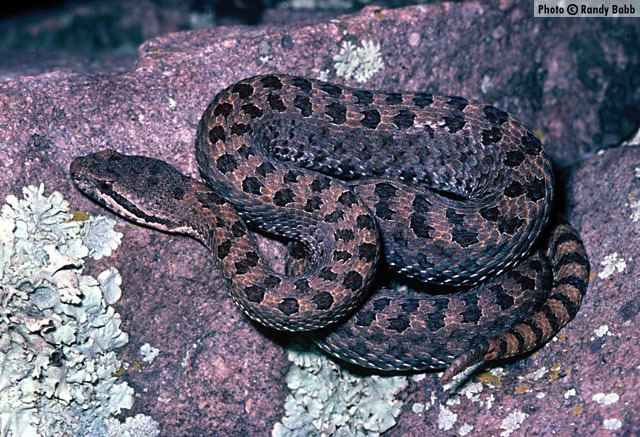 | ||
Similar Rattlesnake, Snake, Crotalus willardi, Crotalus lepidus, Crotalus tigris | ||
Crotalus pricei pricei huachuca mountains arizona
Crotalus pricei is a venomous pit viper species found in the United States and Mexico. Currently, two subspecies are recognized, including the nominate subspecies described here.
Contents
- Crotalus pricei pricei huachuca mountains arizona
- Etymology
- Description
- Common names
- Geographic range
- Conservation status
- References
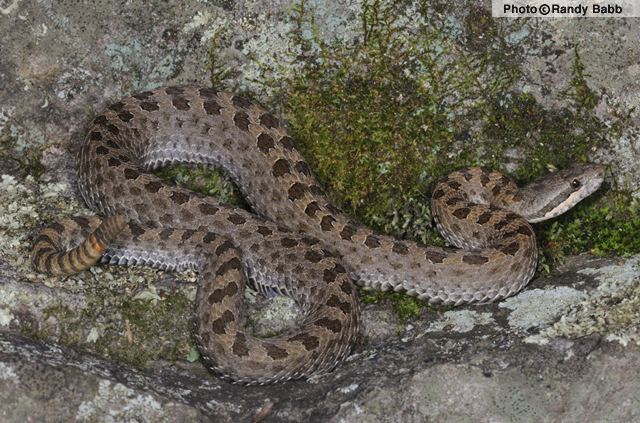
Etymology
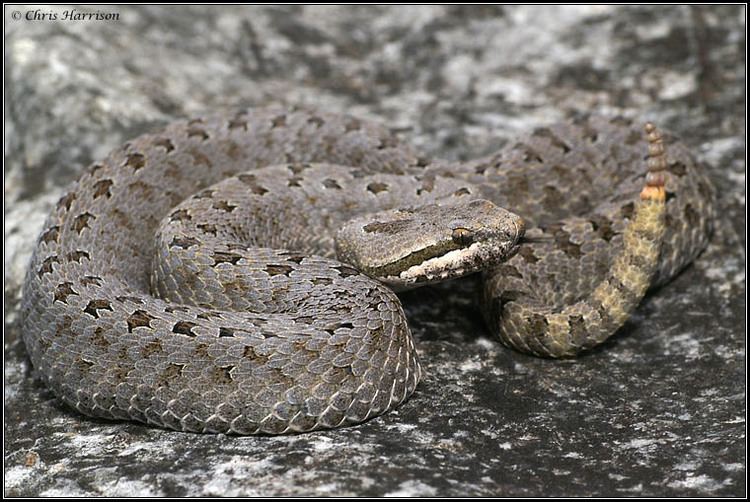
The specific name, pricei, is in honor of William Wightman "Billy" Price (1871–1922), a field biologist, who collected the first specimens which became the type series.
Description
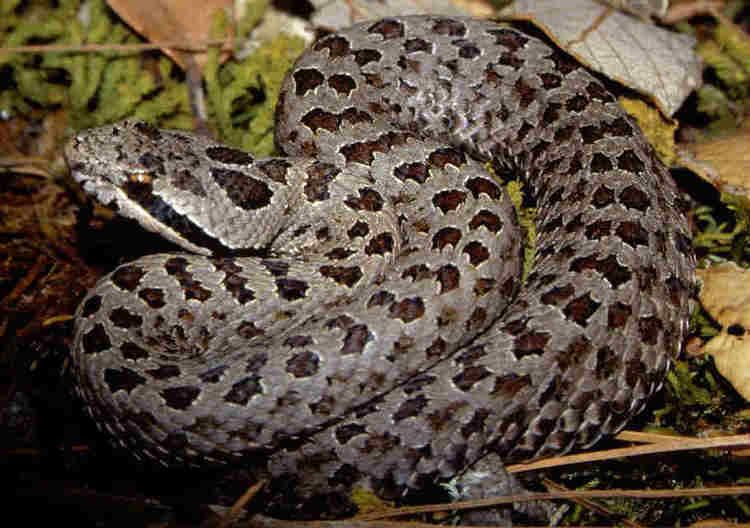
Adults usually do not exceed 50–60 cm (about 20–24 in) in total length (including tail). The maximum total length recorded is 66 cm (26 in).
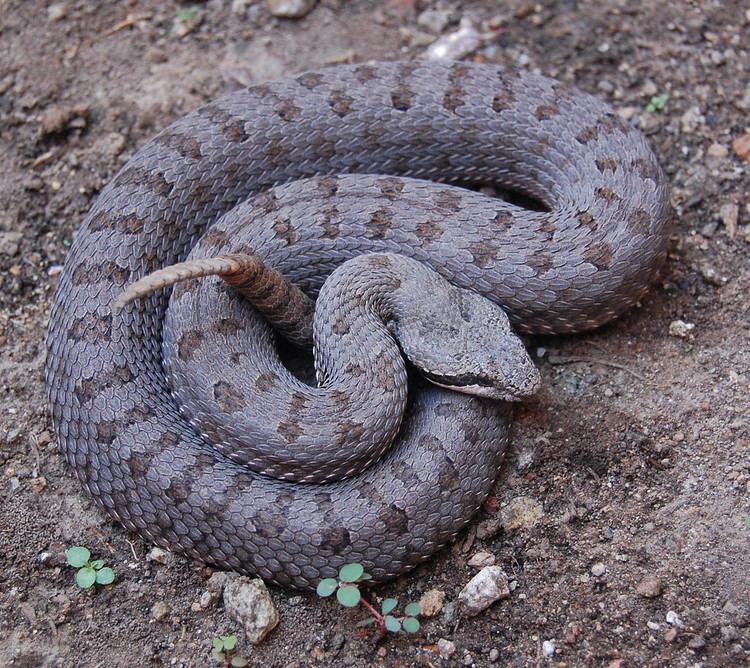
The color pattern consists of a gray, bluish-gray, brownish-gray, or medium- to reddish-brown ground color, usually with a fine brown speckling. This is overlaid with a series of dorsal blotches that tend to be divided down the median line to form 39-64 pairs.
Common names
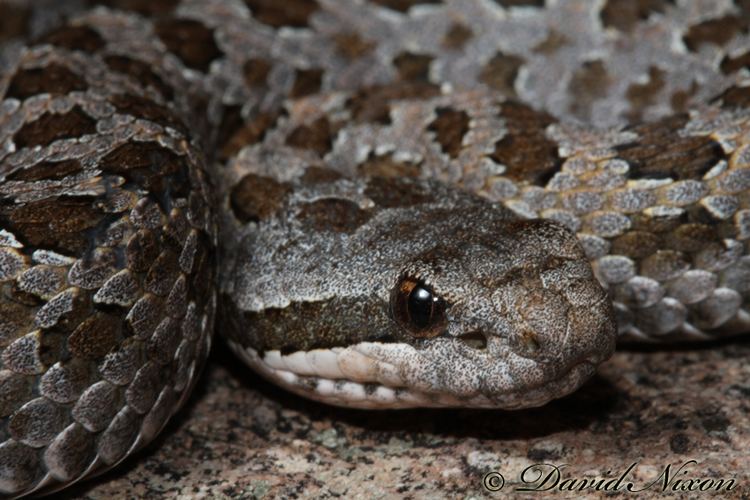
Its common names are twin-spotted rattlesnake, western twin-spotted rattlesnake, Price's rattlesnake, Arizona spotted rattlesnake, spotted rattlesnake, and Arizona twin-spotted rattlesnake.
Geographic range
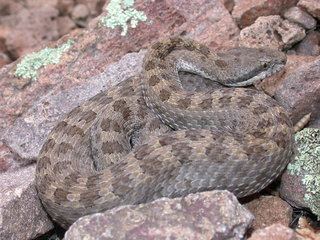
This snake is found in the United States in southeastern Arizona. In northern Mexico, it occurs in the Sierra Madre Occidental in Sonora, Chihuahua, and Durango. It has also been found in the Sierra Madre Oriental in southeastern Coahuila, Nuevo León, and Tamaulipas, with isolated records in San Luis Potosí and Aguascalientes. The type locality given is "Huachua Mts., Arizona" (Cochise County, Arizona, United States).
Conservation status
This species is classified as Least Concern on the IUCN Red List of Threatened Species (v3.1, 2001). Species are listed as such due to their wide distribution, presumed large population, or because they are unlikely to be declining fast enough to qualify for listing in a more threatened category. The population trend was stable when assessed in 2007.
